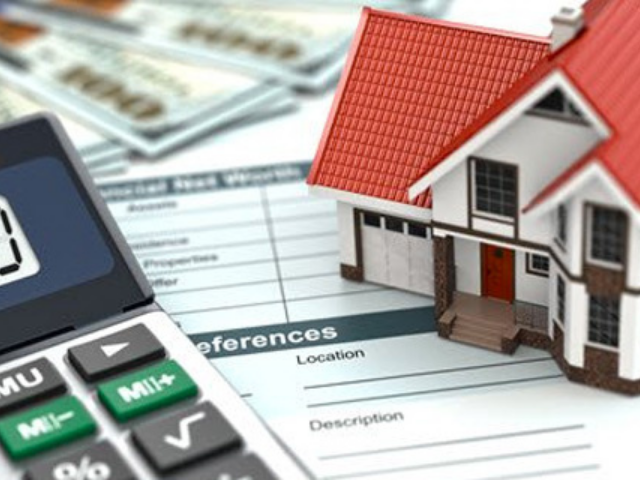
Securing a UAE mortgage
Six Easy Steps
Dubai’s mortgage market is still relatively young compared to other more mature markets where mortgages have been available for much longer. There are, however, a growing number of lenders on the market so you are advised to either research the market yourself or to use an independent mortgage advisor who can do the research for you and advise you on the best mortgage product for your needs.
It is possible and preferable to secure a loan before finding a property you want to buy. This means you can act fast and also know exactly what your budget is. Before doing that you need to know how much you want to spend and how much you can borrow from the banks. Do this using our UAE mortgage calculator.
Here are the key steps to getting the best mortgage deals:
Step 1 – Approval in Principle
Talk to an independent mortgage broker or directly to a bank to determine your eligibility to finance i.e. how much they will potentially lend you. The AIP is not legally binding but is helpful to pinpoint the amount you have to play with.
Step 2 – Choose Your Mortgage
Carefully research and review the banks’ interest rates, applicable fees and terms and conditions before selecting the mortgage you wish to borrow from. You then need to compare UAE mortgages before picking the one your plan to apply for. It helps to create a short-list of the developments that interest you. As lenders in Dubai pre-select which developments they are prepared to finance, your budget limit and choice of development will narrow down your choice of bank.
Step 3 – Application Process
Once you’ve chosen your lender, you need to collate all the supporting documents required by your lender for underwriting. Document requirements differ depending on whether you are a resident or non-resident, employed or self-employed, but will include at a minimum:
• 6 – 12 months of bank statements
• a copy of your passport with visa page
• proof of current address (utility bill/tenancy agreement)
• a letter from your employer confirming income or a minimum of 2 years audited accounts if self-employed
• details of all your financial liabilities
• details of any outstanding finance on the property in question
• a copy of the title deed and floor plan
Your lender will normally approve your application within 7 – 10 days.
Step 4 – Pre Approval
When your paperwork has been underwritten, a pre-approval is granted. This normally takes 24 to 48 business hours and will have a validity of between one and three months (this being the length of time you have to make an offer on your chosen property).
Step 5 – Final Offer
You are now in a position to select the particular unit in the development concerned. You’ll sign a Memorandum of Understanding (MoU) with the seller and respective agents, which states the time you have to complete the property transfer. A 5 – 10% holding deposit will normally be required at this stage. It will be cashed only if the buyer backs out of the deal.
Once a sales agreement has been signed both parties, the lender instructs a property valuation by an independent valuer. On approval of the property valuation, the bank will issue a final offer, which you will sign and return to the bank.
Step 6 – Transfer Process
If the seller has a mortgage on the property, it must be repaid in order to transfer ownership of the property. Once the seller’s mortgage has been repaid, both the buyer and the seller will apply for a No-Objection Certificate from the developer to transfer the property. Once issued, your lender will issue a manager’s cheque for your full purchase price, less any settlement of the seller’s mortgage.
A transfer date will be set at the Dubai Land Department when the estate agent, seller and buyer attend the transfer of the property title deed at the master developers office or the Land Department.
Keep in mind the above list is only meant as a guide, each bank follows its own procedures so you should ask each one you speak to about the process.



.png)
.png)












